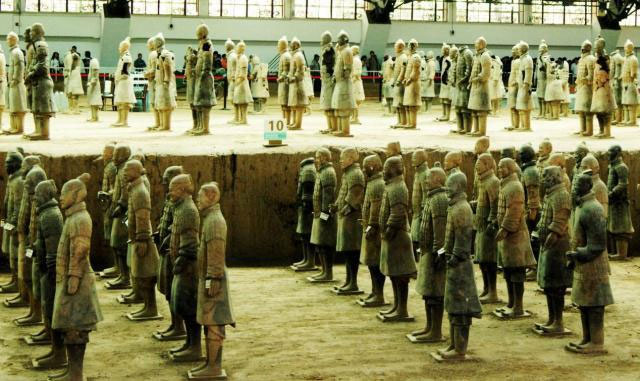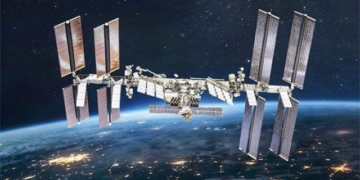The ancient culture of China is largely reflected through cultural relics that bear the historical marks of many eras.
Scholars during the Qing Dynasty even argued that the reliability of historical texts is low, and only the historical values reflected through excavated cultural artifacts are trustworthy. Although this viewpoint is quite extreme, it also demonstrates a unique and rigorous academic attitude. Historical records can be altered, cultural relics on the surface can be forged, but artifacts excavated from underground possess the highest scientific value and authenticity. The tomb of the emperor is a testament to this.
Although China has unveiled the stage to present the world with the famous Terracotta Army, the main tomb of Emperor Qin Shi Huang remains shrouded in mystery to this day.
Most of the inherited relics come from ancient tombs, which is not unusual in China. Almost everywhere in this country, there are museums displaying artifacts, complete with details of their excavation sites. Some locations have even expanded ancient tomb areas into scenic spots, many of which are the tombs of ancient emperors.
Among these, if we were to talk about the tomb of the most famous emperor, there is no doubt that it is Qin Shi Huang. However, even though China has showcased the famous Terracotta Army to the world, the main tomb of the Qin Dynasty emperor has yet to be revealed.
The location of the emperor’s tomb is not a secret; it has been maintained or possibly sought after by tomb raiders in the past. After the establishment of the People’s Republic of China (New China), historian and cultural education expert Guo Moruo repeatedly sought permission to excavate the emperor’s tomb to uncover the truth but was denied each time. A cultural relic thousands of years old is truly precious and fragile; even a slight carelessness could cause damage far worse than that inflicted by tomb robbers.
The actual area of the tomb of Qin Shi Huang is nearly a hundred times larger than that of the Forbidden City, equivalent to the size of a county in this country. Meanwhile, the area where the famous terracotta warriors and horses are buried, known as the “Eighth Wonder of the World”, is merely a part of this vast tomb complex.
According to historical records and field surveys, the construction of Qin Shi Huang’s Tomb employed 800,000 workers, which is eight times the number used for the construction of the famous Pyramids. Its actual area is nearly a hundred times larger than that of the Forbidden City, equivalent to the size of a county in this country. Meanwhile, the area where the famous terracotta warriors and horses are buried, dubbed the “Eighth Wonder of the World”, is just a burial site within this expansive tomb complex. Therefore, experts have reason to believe that beneath it lies not just an emperor’s tomb but a complete city.
The cultural relics and historical artifacts of the Qin Dynasty discovered so far are quite few. While we know that a large portion of them has certainly been destroyed by Xiang Yu and others, it cannot be so minimal. This further obscures the truth about the Qin Dynasty under a veil of mystery.
Qin Shi Huang was not a simple king; according to historical records, he was a conservative and arrogant monarch. However, the cultural relics and historical artifacts of the Qin Dynasty discovered so far are quite few, despite the knowledge that a large portion has certainly been destroyed by Xiang Yu and others. This only adds to the layers of mystery surrounding the truth about the Qin Dynasty. Experts speculate that many cultural artifacts were not destroyed but rather buried with their owners.
Among these cultural relics, there are at least four items that will undoubtedly be listed as national treasures.
Tai’a Sword
The Tai’a Sword is regarded as the “dominant weapon” in legend, and many ancient texts record it as the personal sword of Qin Shi Huang. Scholars even have reason to believe that after fleeing from an assassin from the State of Yan, Qin Shi Huang drew this sword and injured Jing Ke. Most of the “Ten Famous Swords” that have been passed down are no longer traceable. This Tai’a Sword may be the only sword whose local origin can be fundamentally identified, and it is highly likely to be the first item buried with Qin Shi Huang.
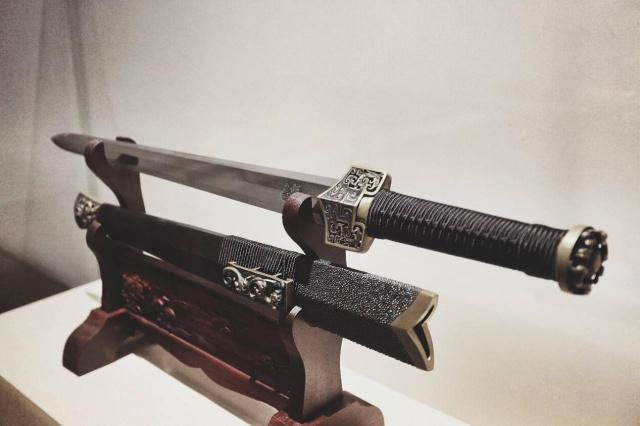
The Tai’a Sword is considered the “dominant weapon” in legend, and many ancient texts record it as the personal sword of Qin Shi Huang. (Illustrative image).
Ancient people also had extremely skilled metalworking techniques. For instance, the pair of battle weapons, the Jiu Jian Sword (King Goujian’s Sword) and the Fu Chai Spear (King Fu Chai’s Spear), remain immortal after thousands of years, still sharp and shining when excavated. Such durable weapons could still be created in remote places like Wu and Yue, not to mention “divine weapons” like the Tai’a Sword. Through this sword, we can explore the extremely high achievements of artisans during the Qin Dynasty in metal forging and casting.
The Twelve Golden Men
The Twelve Golden Men – 12 bronze human figures have been famously mentioned in the work “Discourse on Qin” in the country’s educational curriculum. According to historical records, after unifying the nine provinces, Qin Shi Huang, fearing enemies and foreign disturbances, ordered the collection of all the copper in the country, subsequently casting 12 large bronze human figures in the capital, Xianyang. In ancient times, bronze was also called gold, hence they are also referred to as the 12 golden figures. The 12 bronze figures were cast to resemble the Di people – a minority group in the North at that time.
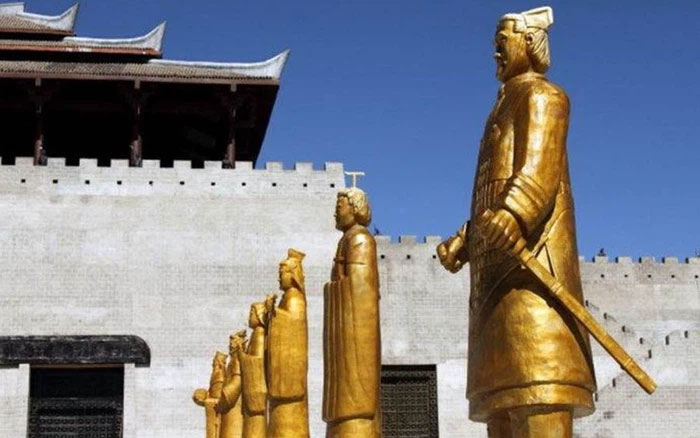
The 12 bronze figures were cast to resemble the Di people. (Illustrative image).
This indicates that the King of Qin was aware of the need to promote national integration and no longer discriminate against tribes, aiming to create an entirely new nation. However, these 12 bronze statues later went missing. Some say that these bronze statues were melted down into coins by later generations. Yet, many believe that they are still hidden beneath the tomb, like the loyal guards of the emperor.
Ancient Texts
These precious cultural artifacts naturally excite experts, but what they truly want to see the most are the ancient texts that they have never encountered. After all, ancient writings may contain much more information, and scholars will find it easier to understand ancient historical events.
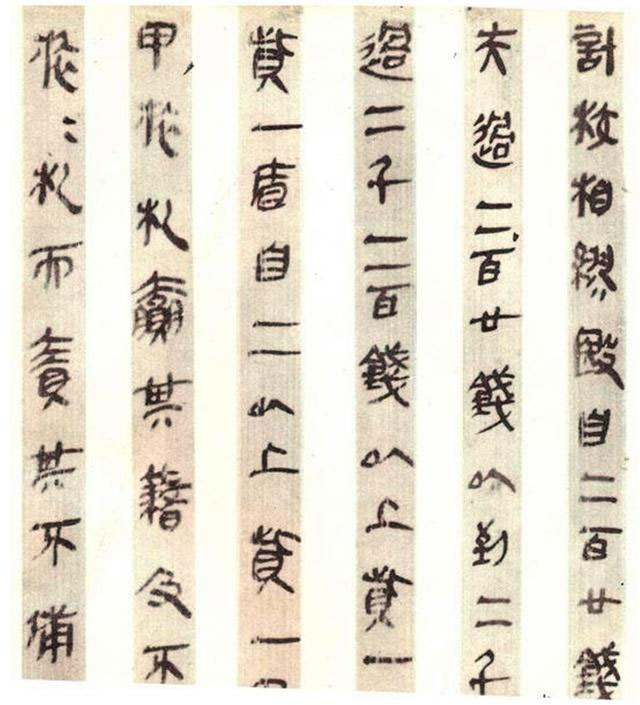
According to records, Xiang Yu once burned many valuable books in the Qin palace. These texts documented the historical and cultural stories of the time. To this day, this act is still criticized by later generations. Qin Shi Huang was not outstanding in literature and art, but he was a “legislator,” who established rules that lasted for millennia. Is it possible that, in his eternal slumber, a copy of these texts designated by the emperor himself was buried with him in the tomb?
The Nine Tripods
Tripod (an ancient metal cauldron with three legs and two handles) was originally used as a cooking utensil but gradually became the most revered ceremonial object. The tripod is the most representative bronze artifact and also the most valuable from ancient times.
According to legend, in ancient times, King Yu of the Xia dynasty divided the realm into nine provinces and then had nine tripods cast, each inscribed with the geographical shape of each province. From then on, the tripod was associated with the state and directly represented royal authority. Dynasties changed continuously, but the nine tripods maintained their supreme status in each dynasty. Previously, when King Zhuang of Chu asked King Wen of Zhou about the weight of the tripods he possessed, it was meant as a desire to replace the Zhou heir. It can be said that the nine tripods symbolize the prosperity of the Xia, Zhou, and Shang dynasties.
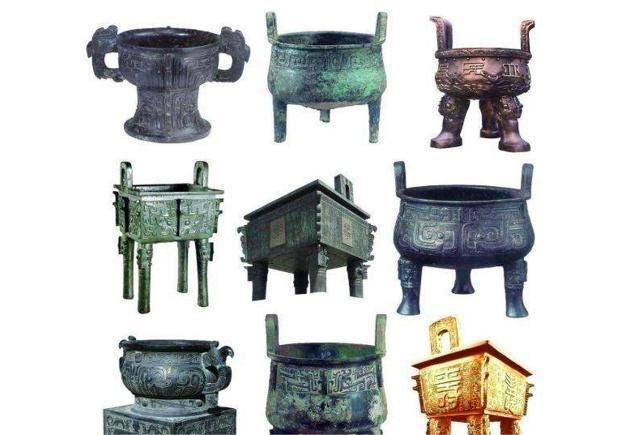
Dynasties changed continuously, but the nine tripods maintained their supreme status in each dynasty.
After the fall of the Eastern Zhou dynasty, the whereabouts of the nine tripods became unknown. Some say they were moved elsewhere, while others claim they sank underwater. Many also believe that the nine tripods were lost in the Qin state. If we assume that the nine tripods were not used to cast the twelve gold men, and if they still exist in the world, then it is very likely they are hidden within the Qin tomb.








































